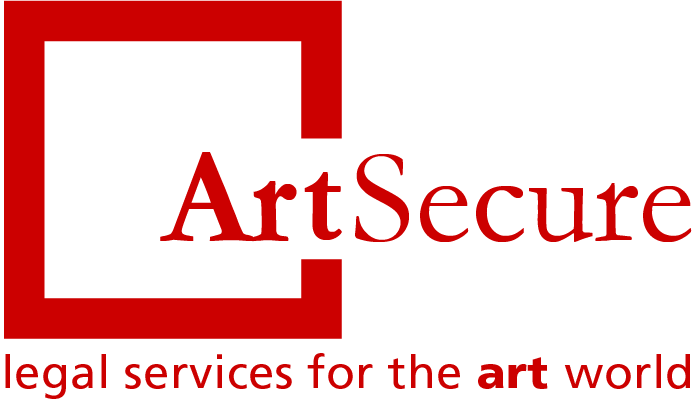This article is authored by Phoebe Kouvelas LL.M. and has been first published in the Art & Museum Magazine, Winter Issue, 2017, p. 24-25
Museums are multifaceted institutions reaching across all disciplines and fraught with legal concerns as they launch into the 21st century. From returning a Constable painting accepted as a gift in good faith, to paying breach of copyright damages for publishing an image in an exhibition catalogue, or loaning artworks to a prominent institution only to have them seized, museums can’t be careful enough when it comes to legal and reputation risks. Despite that, the current approach to managing them is arguably inadequate. Most museums have a view on what their principal legal risks are; nevertheless, those are addressed through the use of empirical checklists designed to avoid pitfalls or after a triggering event. The problem with such approach is multifaceted. Firstly, the museum does not have a clear view of the legal risks it runs for all its processes and cannot therefore act pro-actively to mitigate them; rather, it may end up finding out that it ran a risk after a triggering event has occurred, which may be too late. Secondly, lack of knowledge in relation to risk often leads to ineffective resource allocation; the museum will tend to allocate resources more heavily to some activities for which risk is thought to be high and less so in areas where risk is perceived to be lower. Nevertheless, this perception of risk is not derived from a factual assessment but rather from random experience, which is subjective, at best. This lack of deeper, factual knowledge in relation to legal risks leads to loss of value whether due to the materialization of a risk which has not been identified (resulting in costly remedial action/ reputation damage), or from ineffective resource allocation.
What is lacking is a top-down assessment of legal risks in order to identify hidden risks threatening a collection’s value, life and status, assess their potential impact and understand if and how they are being mitigated and monitored. What is in fact needed is the adoption of processes, procedures and controls based on the type and level of risk associated with each activity - a risk-based approach (RBA).
WHY
The deep knowledge and understanding of legal risks achieved through a risk assessment allows not only for resources to be allocated more effectively but for risks that would otherwise go unnoticed to be mitigated as well.
Without a legal risk assessment which will reveal the type and level of risk associated with each collections management activity, valuable resources cannot be put to optimal use. Legal advice and action may be sought where the risk is minimal and may lack where it is more severe. To the contrary, a legal risk assessment indicates actions which will mitigate legal risks not only for the collection management areas where legal support is typically sought (e.g.: purchases) but also for those that legal advice is thought to be irrelevant (e.g.: cataloguing) but may involve risks previously not contemplated. Crucially, a RBA allows museums to adopt a flexible set of measures in order to effectively target their resources and apply preventive measures commensurate to the nature of risks.
Further, by knowing what type of legal risk a museum runs and by taking steps to mitigate those can, not only protect the museum from liability but also unlock value by allowing it to engage in business opportunities that were unknown or previously considered too risky. For example, clearing intellectual property rights for images of works belonging to the museum not only protects it from liability arising from unauthorized use but also provides tools for promotion and income generation. This is so since, as the visibility of artworks increases (not only through the museum's website but also through social media etc.), so does the originating institution’s; a positive correlation has been found between online exposure of collections and increased on-site museum visits.
Importantly, by running a legal risk assessment and incorporating the proposed control activities to all museum processes, legal risks are minimized without relying on continuous and costly legal advice.
ARTSECURE
ArtSecure’s Legal Risk Assessment (LRA) model is an industry-first, sophisticated LRA designed for museums and large private collections by combining expert knowledge from three knowledge domains: risk management, art law and collections management.
WHO CAN BENEFIT
Where a collection is the subject of sale, purchase, cross-border loan, asset-based lending against art, auction house guarantee and insurance, ArtSecure’s LRA becomes a valuable exercise that the main stakeholders will increasingly demand.





